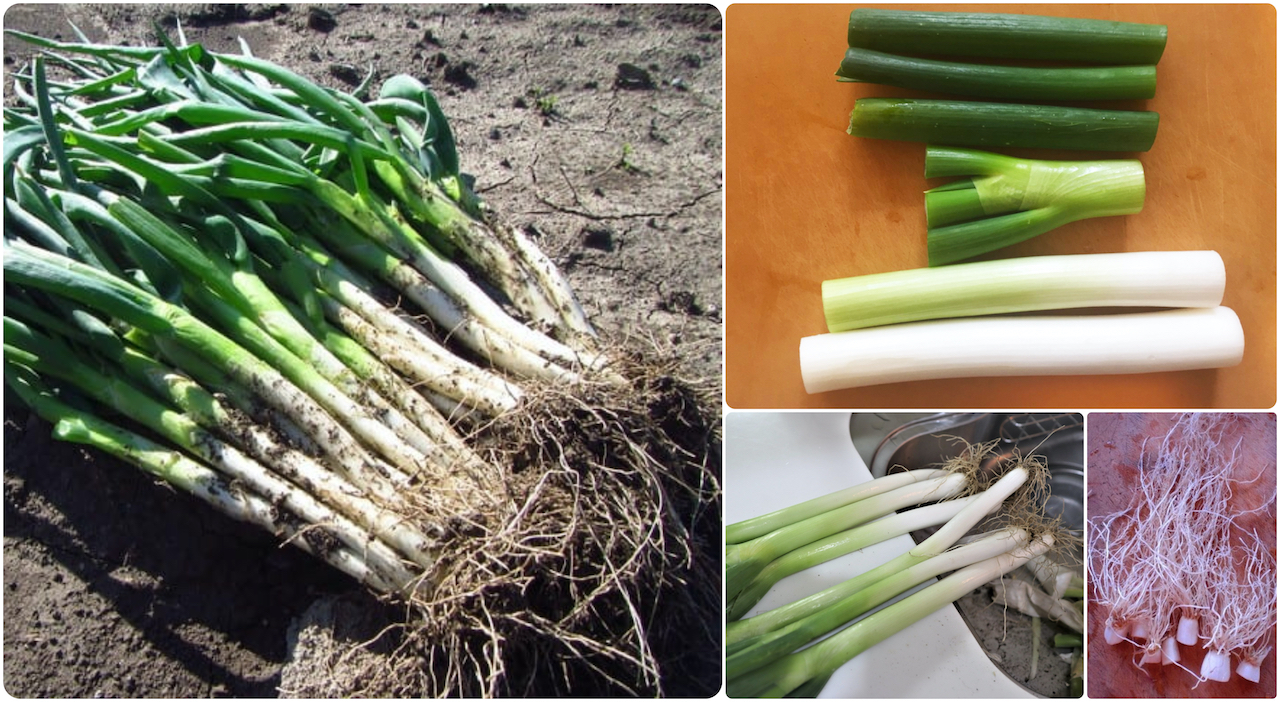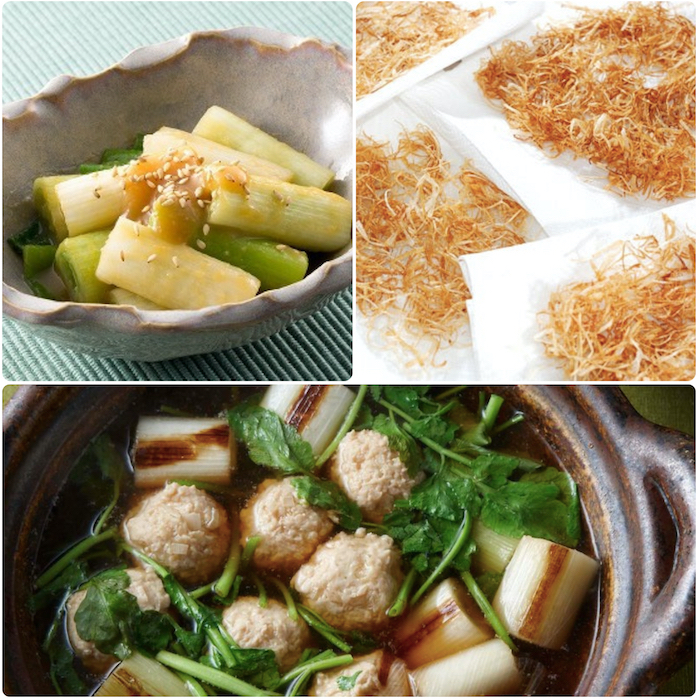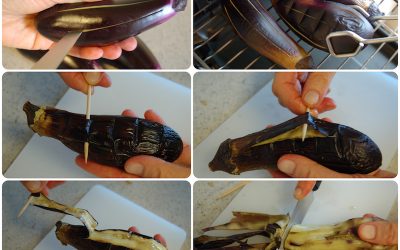
Kitchen Culture Cooking Club
EXPLORE and PRACTICE Japanese cooking in your own kitchenAbout Kitchen Culture Cooking Club
Welcome to the Kitchen Culture Cooking Club, a community space providing encouragement to those who want to EXPLORE and PRACTICE Japan’s washoku wisdom in their own kitchens.
To facilitate this, themed projects will be posted to this page periodically. Project Assignments and links to relevant reference material stored on this site will be posted to this page. Anyone, anywhere in the world, with a sincere interest in Japanese food culture is welcome to browse the contents of this page and then replicate the themed project in their own kitchen.
For those who wish to display-and-discuss their projects with like-minded people, I invite you to join the KITCHEN CULTURE Cooking Club Facebook Group (formerly the TSUDOI Project), an interactive community space.
PROJECT Naga Negi

NAGA NEGI・長葱
Indispensible in nabé (hot pot) cookery, as a condiment and in soups all parts of naga negi (Allium fistulosum) are edible. Plan from the start to use the plant fully.
If your naga negi have roots attached, wash them thoroughly to remove all the dirt that clings to them. Slice off the very bottom and set these roots, called higé (“whiskers”), to dry. Dusted in cornstarch and deep fried they become an onion-y, crunchy nibble or garnish for salads and soups (also nice added to grilled cheese sandwiches).
Next, divvy up the stalks into 3 parts: the thick white stalk, the green blades, and the mid-section where the blades diverge from the stalk. Save any scraps and bruised green tops to enrich stock or to infuse oil and/or vinegar.

Enjoying Naga Negi Various Ways
Slice the white stalk into 1-inch (2.5 cm) lengths and skillet-sear to enjoy on their own or add to hot pot nabe. Download a recipe for: YAKI NAGA NEGI no TSUMIRÉ NABÉ ( Seared Japanese Leeks & Chicken Ball Hot Pot 焼き長ネギのつみれ鍋)
Both white and green parts of naga negi are briefly blanched, then sauced in a dish called nuta. Download a recipe for: NAGA NEGI no NUTA (Japanese Leeks in Tart-Miso Sauce 長ネギのぬた)
Other suggestions on using naga negi:
Leek Miso (pg 103) and Miso-Thickened Pork and Vegetable Soup (pg 119) WASHOKU; Creamy Japanese Leek Soup with Miso (pg 84) and Pan-Toasted Okara with Leeks and Root Vegetables (pg 167) KANSHA; Braised Beef and Vegetables (Sukiyaki; pg 110) At Home with Japanese Cooking (available thru subscription to CKBK).
My February 2023 NEWSLETTER is about naga negi.
Recipes and Resources
Stock (Dashi)
Dashi stock is essential to making soups and simmered or stewed dishes. Dashi is also used when making many egg dishes and all sorts of sauces, dips and dressings. Using good dashi will make a noticeable difference in the outcome of so many dishes you prepare.
Click to download recipes for (vegan) Kelp Alone Stock or Standard Sea Stock + Smoky Sea Stock
How to Cook Rice
In Japanese, the word for cooked rice, ご飯 GOHAN, is the same as the word for a meal, ご飯 GOHAN. Indeed rice is central to the meal. Download the Rice with Mixed Grains recipe.
How to Prepare Sushi Rice
Sushi dishes are made with rice that has been seasoned (with sweetened vinegar) AFTER being cooked. Download the Classic Sushi Rice recipe.
Quick Pickles
The Japanese enjoy a wide variety of tsukémono pickles, many can be assembled quickly and are ready to eat within a short time.
Download a recipe for Quick-Fix Hakusai Cabbage.
Asian Pears with Ginger-Infused Miso
Asian pears with ginger-infused miso sauce. Asian Pears with Ginger-Infused Miso Sauce 梨の生姜味噌添え Western cuisines often pair cheese with fruit. In the Japanese kitchen a similar flavor profile – mellow-sweet tones enhanced by salty ones – can be achieved by napping...
Roasted Eggplant
Roasted eggplant, peeled and drizzled with soy sauce, garnished with flakes of smoky katsuo-bushi and some minced scallions. Throughout the summer months in Japan, plump and dark, tender-skinned eggplants can be found in every market and grocery store. As fall...
Manganji Pepper
Manganji tōgarashi Manganji Tōgarashi 万願寺唐辛子 Manganji tōgarashi are mild, tender capsicums with an earthy-rich aroma. They typically run about 100 SHU (Scoville Heat Units) compared to jalapeno that average 5000 SHU. Manganji are named after the area near Maizuru City...
Melon
Luscious, ripe melon bursting with delicious juice... Not wanting to waste a single drop, I scrape the seeds into a strainer set over a bowl to collect the juice... to make aspic. In Japan, fresh fruit is often a gift item, especially melons that can be exceedingly...




